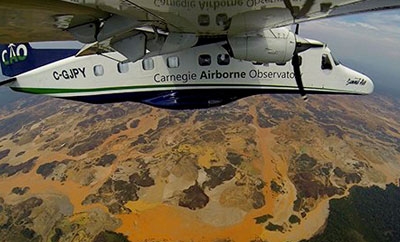Illegal gold mining in Peru is worth more than twice as much as the country’s drug trade, says a top official, highlighting the growing importance of this extremely lucrative but socially and environmentally destructive sector.
Peru’s anti-drugs attorney Sonia Medina told InSight Crime that illegal gold mining in Peru brings in some $3 billion a year, while the drug trade is worth $1.2 billion.
The activity is also growing in scope, especially in Peru’s illegal mining heartland — the province of Madre de Dios. According to the Guardian, researchers recorded a 400 percent increase in the geographical area of Madre de Dios affected by illegal gold mining between 1999 and 2012, mainly in the form of small, clandestine mines.
Carnegie Institution for Science researchers who mapped the gold mining industry in Madre de Dios found much greater environmental damage from the activity than previously thought, with the annual loss of rainforest growing from 2,166 hectares before 2008 to 6,145 hectares after 2008.
As noted by Carnegie researcher Greg Asner, the environmental degradation caused by illegal mining is extreme. “The gold rush in Madre de Dios, Peru exceeds the combined effects of all other causes of forest loss in the region,” he said.

InSight Crime Analysis
In 2011, a consulting firm reported that illegal gold mining exports were worth an estimated $1.79 billion that year, accounting for 22 percent of total 2011 gold exports. The latest figure suggests that this trade is growing rapidly, with profits nearly doubling in two years, while estimated profits from the cocaine trade have remained constant.
SEE ALSO: Peru News and Profiles
In Peru, much of the gold mining industry is illegal because it is informal, or unlicensed, occurring in areas with little state presence. While there are certain “gold capos” that allegedly control large swathes of mining territory, the industry is not generally run by organized crime groups, as is the case in Colombia. However, one security analyst has claimed that drug traffickers use illegal gold mining to launder drug profits, and the lucrative nature of the business makes it plausible the links between the two illicit activities will continue to grow.
The wealth and large male population found in gold mining towns also fuels domestic human trafficking; both in the form of forced labor in the mines and forced prostitution, with thousands of young girls trafficked into the region, according to some estimates.

